Understanding Conversion Rate and How to Optimize Customer Conversion Rate for Your Website
- Published on
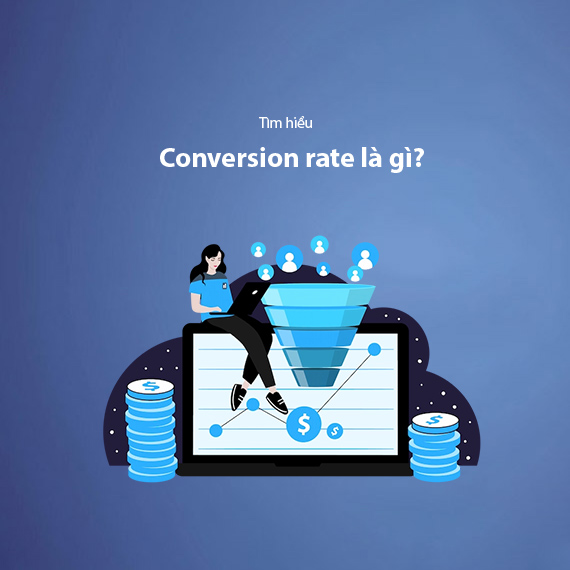
- What is Conversion Rate?
- Why is Conversion Rate Important?
- Key Factors Affecting Conversion Rate
- Traffic Quality
- User Experience (UX)
- Content and Value Provided
- Call to Action (CTA)
- Methods to Increase Conversion Rate for Your Website
- Set Clear Conversion Rate Goals
- Create Engaging and Captivating Content
- Implement A/B Testing
- Create Urgency
- Integrate Live Chat
- Simplify the Purchase Process
- Build Customer Trust
- Highlight Your Value Proposition
- Embed Effective Call to Action (CTA)
- Real-Life Examples of Conversion Rate Optimization
- Booking.com: Creating Scarcity, Trust, and Convenience
- Amazon: User Reviews, Limited Deals, and Building Trust
- Other E-commerce Sites: Effective CTA Application and Enhanced User Experience
- FAQs About Conversion Rate
- What is a Good Conversion Rate?
- Is a High Conversion Rate Always Good?
- Why is My Website’s Conversion Rate Low?
- Conclusion
What is Conversion Rate?
Conversion Rate is a crucial metric that measures the effectiveness of a website in converting visitors into actual customers. Simply put, conversion rate represents the percentage of users who complete a desired action out of the total number of visitors on your website. These actions may include account registrations, form submissions, placing orders, or making a payment.
Formula to Calculate Conversion Rate:
Conversion Rate (CR) = (Total Conversions / Total Website Visits) x 100%
For example, if your e-commerce website has 550 visits in a month, with 260 users registering to make a purchase, you can calculate the conversion rate as follows:
CR = (260 / 550) x 100% = 47%
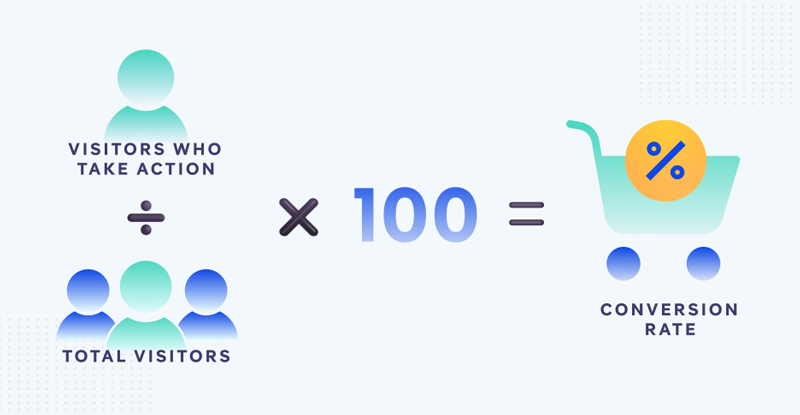
Why is Conversion Rate Important?
Conversion Rate is one of the core metrics to evaluate the effectiveness of marketing campaigns and user experience on your website. The higher the conversion rate, the more effectively your website is attracting and convincing users, which can significantly boost revenue and help achieve business goals faster.
By regularly monitoring your Conversion Rate, you can evaluate and optimize marketing strategies to achieve the best results. A low conversion rate could indicate a need for improvements in website design, content, or user experience. You can refer to website optimization tips to further enhance performance.
In summary, Conversion Rate is a vital metric that helps determine the effectiveness of your website, guiding strategic adjustments for better outcomes.
Key Factors Affecting Conversion Rate
To achieve a high conversion rate, businesses need to optimize various elements to create the best possible experience for visitors. Below are the primary factors that significantly influence Conversion Rate:
Traffic Quality
- Ability to Attract Potential Customers: Conversion Rate will be higher if you attract the right target audience. Ensure your advertising campaigns and marketing strategies reach potential customers — those who genuinely need your product or service.
- User Interaction and Feedback: The quality of traffic also depends on how engaged and responsive users are when they visit your website. If users quickly exit or do not take any actions, it could indicate that content or design might not meet their needs.
User Experience (UX)
-
Page Load Speed: Page speed has a direct impact on user experience. A slow website can cause visitors to leave before they take any actions. To improve page load speed, refer to ways to optimize website speed.
-
User-Friendly Design and Layout: A clean and friendly design helps users easily find the information they need and make quick decisions. Ensure the website layout is user-friendly, with clear and accessible elements.
-
Easy Navigation and High Interactivity: A well-navigated website allows users to move between pages easily, increasing their likelihood to take important actions. High interactivity (such as clear buttons and easy-to-use forms) also contributes to an enhanced user experience.
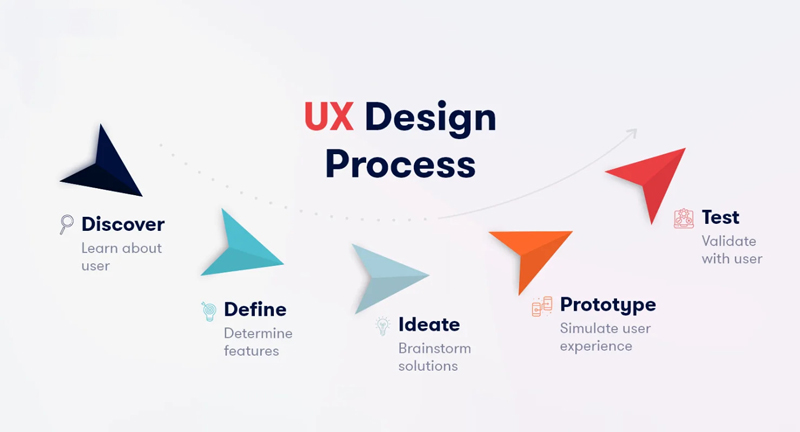
Content and Value Provided
-
Content Appeal and Persuasiveness: Content plays a crucial role in helping users understand your products, services, and the value your business provides. Engaging and informative content keeps users on the site longer, increasing the likelihood of conversion.
-
Provide Genuine Value: Ensure the content you provide genuinely solves the customer's problems or brings specific benefits. Users are more likely to trust and convert if they see value in what you offer.
Call to Action (CTA)
-
CTA Placement and Design: CTAs play a critical role in encouraging users to take action. Ensure CTAs are placed in prominent positions and designed to stand out. An effective CTA is short, clear, and easy to understand.
-
Strong CTA Language: The call to action should use compelling language that motivates users to act immediately. CTAs like "Sign Up Now," "Buy Now," or "Learn More" are often effective in attracting attention and driving action.
Optimizing these factors will significantly improve Conversion Rate.
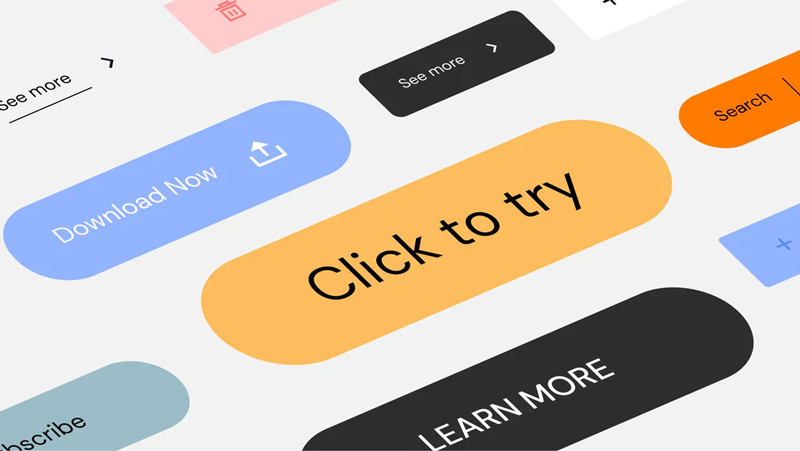
Methods to Increase Conversion Rate for Your Website
To improve Conversion Rate and boost business efficiency, there are many optimization techniques you can apply to your website. Here are some of the most effective methods:
Set Clear Conversion Rate Goals
Before starting optimization, it’s crucial to clearly define conversion goals. This allows you to measure accurately and compare results against expectations. Your goals might be to increase registrations, orders, or interactions with CTAs.
For example, if you’re selling high-ticket items like cars or premium tech products, you might not expect a high conversion rate as customers need time to consider. However, if your goal is simply collecting contact information, the conversion rate could be significantly higher.
Create Engaging and Captivating Content
Content is the core element for attracting and retaining customers. It should be concise and deliver valuable information to help readers understand why they should care about and trust your business.
To optimize your content, ensure all information is presented clearly and understandably. You can explore tips on writing engaging content to create captivating material that enhances conversion rate effectively.
Implement A/B Testing
A/B Testing is a method of comparing the effectiveness of two versions of a specific element on your website (such as headlines, images, or CTAs). This testing helps you determine which version has a better impact on Conversion Rate.
For instance, if you have two different headlines for the same article, you can use A/B Testing to see which one resonates more with users. The results from these tests will guide you in making optimal choices and increasing the conversion rate.
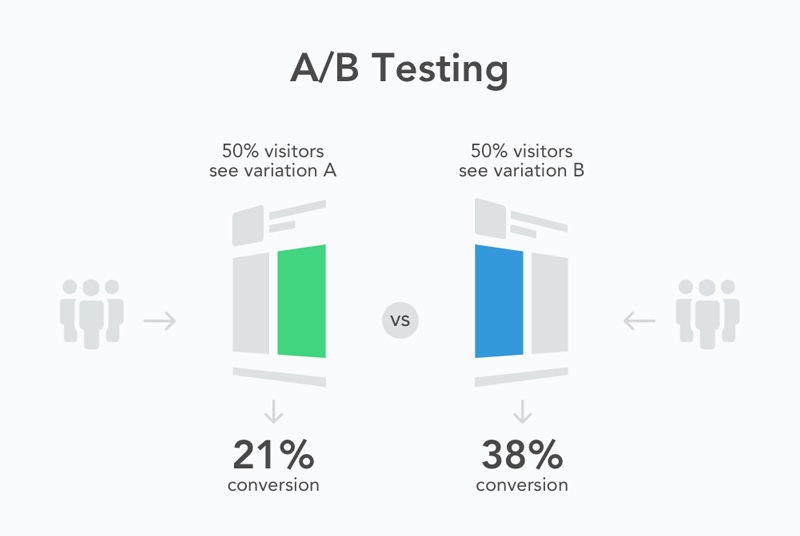
Create Urgency
Creating a sense of urgency is an effective way to prompt users to take immediate action. This can be achieved by limiting the quantity of a product or the promotion duration. Users will feel that if they don’t act now, they may miss out on an opportunity.
Examples:
- Limited Quantity: "Only 2 items left at this discounted price!"
- Time-Based Urgency: "24 hours left on sale!"
However, avoid creating artificial urgency as it can negatively impact your brand reputation if users find out.
Integrate Live Chat
Live Chat is a useful tool that allows customers to interact directly with the business if they have any questions. This not only strengthens connection but also builds trust, as customers know they can easily get support when needed.
Integrating Live Chat enables customers to receive quick responses, fostering a positive experience and contributing to higher conversion rates for the website.
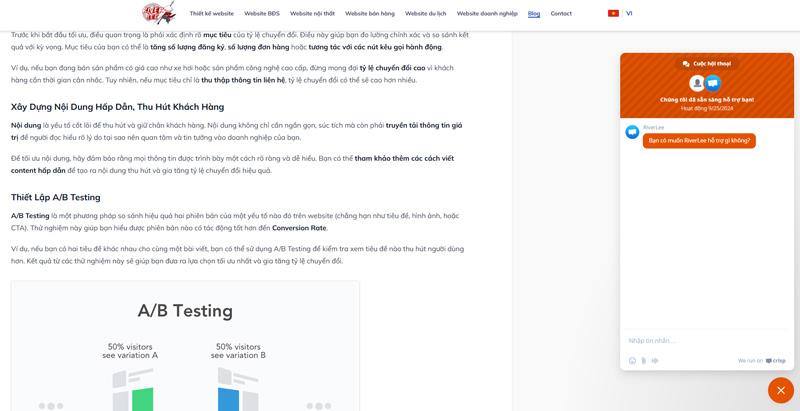
Simplify the Purchase Process
A simple purchase process minimizes the chance of users abandoning their shopping midway. Avoid requesting too much unnecessary information; instead, ask only for essential details like name, phone number, and address.
If possible, implement one-step checkout or allow customers to purchase without creating an account. This allows them to complete transactions quickly, enhancing user experience and increasing the conversion rate.
Build Customer Trust
Trust is a key factor in customers' decision to convert. Build trust by adding customer reviews, security certifications, and trusted partner logos. You can also use review plugins to display feedback and ratings from previous buyers to create a sense of credibility.
Highlight Your Value Proposition
Your Value Proposition is the primary reason customers choose your product or service over competitors. Identify and emphasize the unique value your business provides, whether it's through product quality, customer service, or competitive pricing.
Embed Effective Call to Action (CTA)
CTA (Call to Action) is crucial in motivating users to take action. Ensure your CTAs are designed prominently and use compelling language like "Sign Up Now," "Buy Now," or "Learn More." Positioning CTAs in easy-to-see areas helps guide customers toward the next desired step.
Implementing these optimization techniques can significantly increase Conversion Rate, improve website performance, and boost revenue.
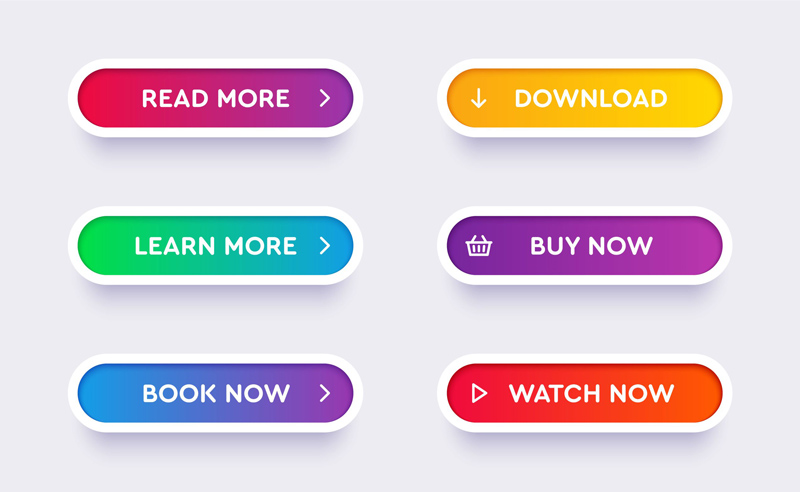
Real-Life Examples of Conversion Rate Optimization
To better understand Conversion Rate optimization, let’s look at some successful examples from major websites that have implemented various methods to increase conversion rates:
Booking.com: Creating Scarcity, Trust, and Convenience
Booking.com is a great example of using Conversion Rate optimization strategies by creating urgency and scarcity. On Booking.com, you’ll find:
- Creating Scarcity: Booking.com often displays the remaining room count for a hotel, such as "Only 2 rooms left!". This creates a sense of urgency for customers to book immediately.
- Building Trust: This website also provides reviews from past customers along with reliable ratings. Displaying real reviews not only builds trust but also gives new users a sense of security.
- User-Friendly Experience: Booking.com’s simple interface allows users to search and compare options easily. Additionally, perks like “Free cancellation” encourage customers to make decisions quickly.
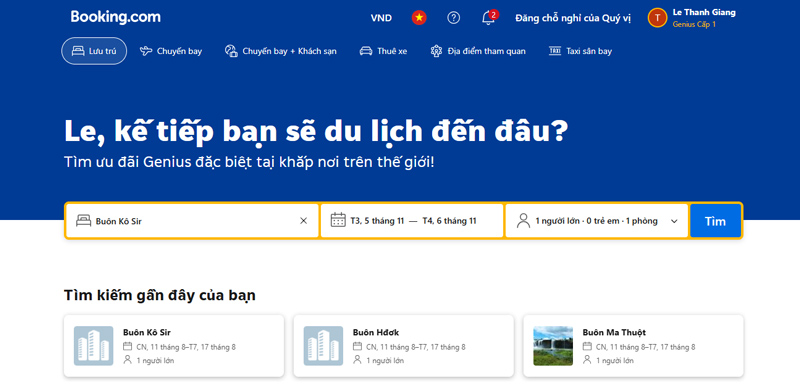
Amazon: User Reviews, Limited Deals, and Building Trust
Amazon is one of the world’s leading e-commerce platforms, effectively optimizing Conversion Rate by utilizing:
- User Reviews: Amazon provides detailed reviews from previous buyers. These reviews give customers insight into product quality, making it easier to decide on a purchase.
- Limited-Time Offers and Promotions: Amazon frequently holds time-limited promotions, such as “Flash Sales” or “Deal of the Day,” encouraging customers to make purchases quickly.
- Building Trust: With flexible return policies and 24/7 customer support, Amazon builds strong trust with users. When customers feel secure about the service, conversion rates increase.
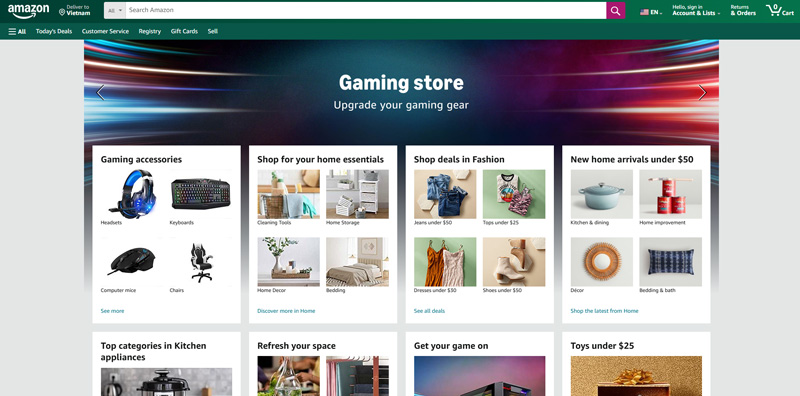
Other E-commerce Sites: Effective CTA Application and Enhanced User Experience
Many other e-commerce websites also optimize Conversion Rate by:
- Implementing Effective CTAs: Prominent CTAs such as "Buy Now," "Add to Cart," or "Get the Deal" are placed in highly visible positions. These CTAs use compelling language to encourage immediate action.
- Enhancing User Experience: These websites prioritize fast page load speed and user-friendly interfaces to ensure the best shopping experience. By doing so, e-commerce sites attract and retain customers effectively.
These examples illustrate that optimizing Conversion Rate extends beyond content and products to include user experience, urgency, trustworthiness, and persuasiveness. To achieve a high conversion rate, consider applying strategies tailored to your business model.
FAQs About Conversion Rate
When optimizing Conversion Rate, several common questions arise. Here are answers to some frequently asked questions to help you better understand conversion rate and its influencing factors.
What is a Good Conversion Rate?
There is no specific benchmark for a good Conversion Rate as it varies by industry, business objectives, and marketing strategy. Research shows that the average conversion rate for websites is around 2.35%, but the top 10% of websites can achieve conversion rates above 10%.
If your conversion rate falls between 2% and 5%, you're within the average range. A rate above 10% is ideal. However, it's essential to set realistic goals based on industry characteristics and your business objectives. Some sectors, like online retail, generally have higher conversion rates than service-based or educational sectors.
Is a High Conversion Rate Always Good?
While a high Conversion Rate is usually a positive indicator, it doesn’t always guarantee business effectiveness. To make an accurate assessment, you should consider conversion rate in relation to ROI (Return on Investment).
For example, if you achieve a high conversion rate by offering deep discounts or increasing advertising costs, profitability may be affected. Therefore, the ideal goal is to maintain a high conversion rate while ensuring a positive ROI. Additionally, customer quality matters: customers may convert once but not return if dissatisfied with the product or service.
Why is My Website’s Conversion Rate Low?
Several factors can lead to a low conversion rate on a website. Below are some primary issues to consider:
-
Slow Page Load Speed: When a website loads slowly, customers are more likely to leave before taking any actions, directly impacting the conversion rate.
-
Poor User Experience (UX): Complex designs and layouts can diminish user experience. Confusing navigation or low interactivity makes it difficult for customers to find information or take actions, leading to lower conversion rates.
-
Lack of Credibility and Trust: If your website lacks credibility elements, such as customer reviews or security badges, users may hesitate to convert. Building trust by displaying customer feedback and integrating security certifications helps increase conversion rates.
-
Unappealing Content: Content that’s unclear or irrelevant to customers' needs can reduce the conversion rate. Ensure your content is concise, informative, and clearly communicates the value of your product or service to keep customers engaged.
If you notice a low conversion rate, review these factors and make adjustments to optimize your website effectively.
Conclusion
In conclusion, Conversion Rate is one of the key metrics that helps businesses assess website effectiveness and the impact of marketing campaigns. By optimizing conversion rates, you not only enhance user experience but also effectively increase revenue without the need for additional advertising costs.
Implementing methods such as creating engaging content, setting up A/B Testing, optimizing Call to Actions (CTA), and integrating live chat will help encourage users to take desired actions. However, remember that every website has its own needs and characteristics, so experiment and adjust strategies to best suit your audience and business goals.
If you have any questions or need further support with optimizing Conversion Rate for your website, don’t hesitate to contact professional experts for tailored solutions. A well-functioning website not only helps achieve business goals but also creates an exceptional user experience, fostering long-term relationships with customers.
Start optimizing your Conversion Rate today to elevate your website to new heights!
Latest Posts

Lesson 26. How to Use break, continue, and return in Java | Learn Java Basics
A guide on how to use break, continue, and return statements in Java to control loops and program execution flow effectively.

Lesson 25. The do-while Loop in Java | Learn Basic Java
A detailed guide on the do-while loop in Java, including syntax, usage, examples, and comparison with the while loop.

Lesson 24. How to Convert Decimal to Binary in Java | Learn Basic Java
A guide on how to convert numbers from the decimal system to the binary system in Java using different methods, with illustrative examples.

Lesson 23. How to Use the While Loop in Java | Learn Java Basics
Learn how to use the while loop in Java with syntax, real-world examples, and practical applications in Java programming.
Related Posts
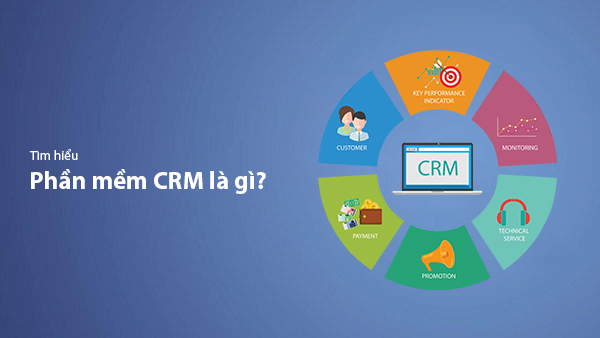
What is CRM Software? Top 15+ Best Customer Relationship Management Software
Discover the definition of CRM software, its role in customer relationship management, and a list of 15+ top CRM solutions to help businesses enhance customer service performance and achieve sustainable growth.
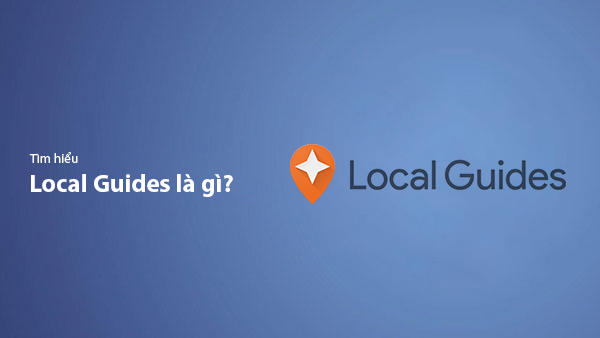
What Is Local Guide? Benefits of Becoming a Local Guide on Google Maps
Local Guide is a community program by Google Maps where users can contribute reviews, photos, and location information to improve map data. This article explains what Local Guide is and the benefits of being an active member.
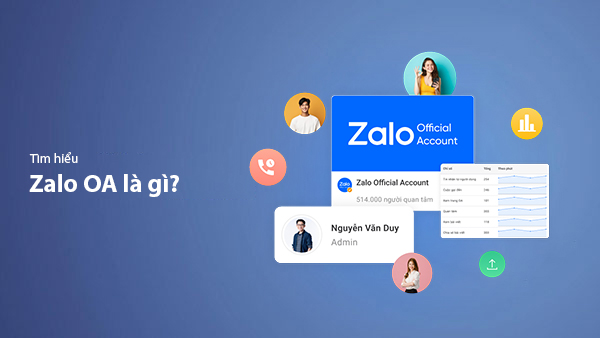
What is Zalo OA? A Detailed Guide to Creating Zalo Official Account for Businesses
Zalo Official Account (Zalo OA) is a crucial tool that helps businesses connect with customers and optimize their online business operations. This article provides a step-by-step guide on how to create a Zalo OA from A to Z.
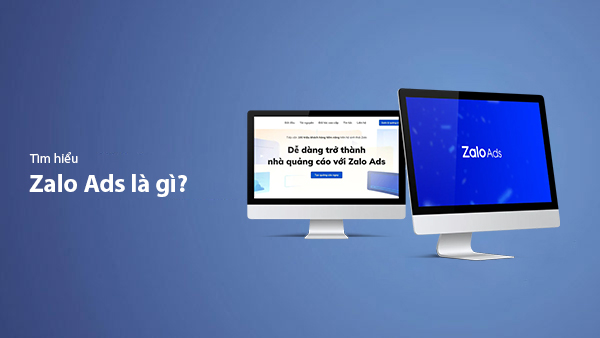
What is Zalo Ads? A Guide to Running Effective Zalo Ads
Discover what Zalo Ads are and learn how to run effective Zalo advertising campaigns to reach customers and boost sales in the digital era.

